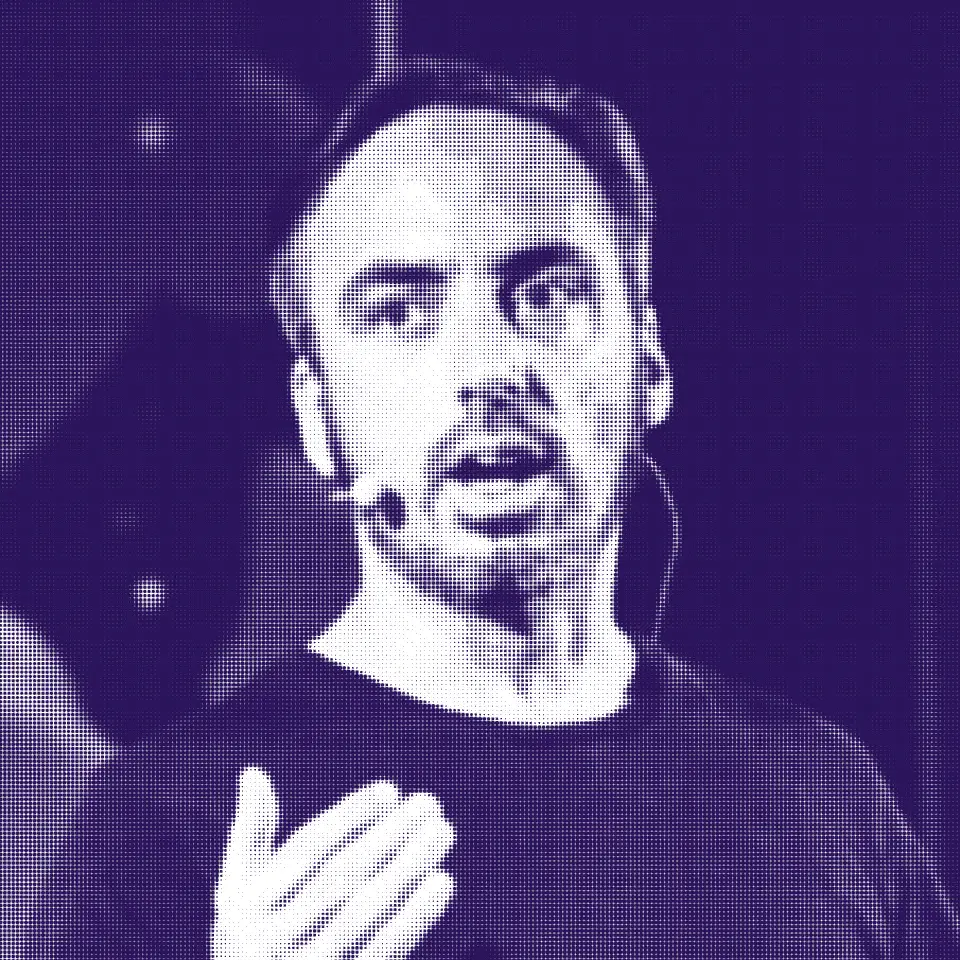
Autonomous AI agents are no longer just science fiction or research experiments. They are beginning to run parts of our businesses and digital lives without waiting for step-by-step instructions. How does a customer support bot know when to escalate a case? What makes a logistics agent reroute shipments mid-journey? And what allows a cybersecurity system to cut off a suspicious connection in milliseconds?
Traditional automation followed rigid rules. Modern agents are different: they adapt. They weigh competing priorities, learn from feedback, and even coordinate with other agents to divide and conquer complex problems. But how exactly do they decide what to do and in what order? Given their growing role in our everyday life, this may be one of the most important questions to understand today.
The Core of Agent Decision-Making
At the heart of every autonomous agent is a simple loop: observe, think, act. Repeat!
In the “observe” step, agents collect raw data, but they also interpret it. A support bot tries to detect the tone of a customer’s message. A logistics agent processes traffic feeds, weather updates, and inventory data together. A cybersecurity agent scans logs and flags patterns that look unusual. All of these inputs form the context for the next move.
In the “think” phase, agents weigh possibilities, run scenarios, and choose a course of action. When speed is critical, they fall back on quick reflex-style rules, such as blocking a suspicious login attempt. For more complex problems, they break the request into smaller steps. Many agents now use self-reflection: checking their reasoning midstream, revising plans, or backtracking when they spot errors.
Finally, agents “act.” That might mean sending a notification, adjusting a route, or executing a command. In most cases, the loop immediately restarts: Did the fix solve the issue? Did the reroute avoid the traffic jam? Did the intervention stop the attack?
Prioritization Under Pressure
Once an agent has mapped out its options, it needs to decide what matters most. Its value comes from the ability to juggle urgency, impact, and uncertainty without waiting for a human. Correct prioritization can draw on several strategies:
- Scoring the situation. Agents often rank tasks by urgency, impact, and confidence. If confidence is low, they pause or escalate instead of acting blindly. This safeguard is vital in healthcare or regulatory settings.
- Maximizing value. Optimization strategies chase the path with the best overall payoff. The catch: if “value” is defined poorly, an agent can meet the letter of the goal while missing its spirit. A “fastest route” metric, for example, might send drivers through unsafe shortcuts or restricted roads.
- Staying flexible. Instead of planning everything in advance, just-in-time reasoning means deciding only the next best step. This keeps agents adaptable in fast-changing environments. A delivery system, for example, might wait to pick its final route until it sees real-time traffic.
- Balancing trade-offs. Few decisions hinge on a single factor. A drone might weigh delivery speed against battery life, while a fraud system balances catching suspicious activity against flagging too many false positives.
When One Agent Isn’t Enough
When problems are too complex for one agent to handle alone, multi-agent systems break down a big goal into smaller tasks and distribute them across specialists.
In logistics, one agent might handle routing, another track weather, and another manage inventory. Together, they coordinate to keep perishable goods moving first when storms hit. In healthcare, research shows how diagnostic, history-retrieval, and treatment-planning agents could work together in ICU systems, giving doctors a fuller picture of patient needs.
These collaborations are kept coherent through orchestration. Meta-agents, often described as coordinators, supervise the flow of work. They resolve conflicts and make sure outputs from specialists fit together into one answer. Emerging standards support this too. Google’s Agent-to-Agent protocol, launched in 2025, helps agents from different vendors communicate securely. Anthropic’s Model Context Protocol standardizes how external data and tools plug in reliably.
This scale and adaptability does not come without risk. A single mistake can cascade through the group, and disagreements between agents can stall progress.
The Missing Layer of Trust and Identity
For AI agents to operate safely at scale, another less evident foundation is required: a layer of verifiable identity and accountability. Without it, their decisions may be effective in the moment but impossible to trace or correct afterward.
This layer is built on four key principles:
- Traceability. Like a black box in an airplane, every significant action should be logged with context and timestamps. These audit trails allow teams to replay what happened and debug problems when things go wrong.
- Scoped permissions. Agents should not have permanent, open-ended access. Instead, they are given only the minimum rights needed for a task, and only for the time they need them. These “ephemeral credentials” expire once the task is complete, so that agents do not accumulate dangerous levels of access.
- Accountability. Every action must be tied to a clear identity and authorization path, so it is always possible to answer the question: who approved this, and under what authority? In systems where many agents collaborate, this prevents gaps and allows credentials to be revoked if misuse occurs.
- Fallbacks. Trustworthy agents must also know when to stop. If confidence drops or a situation is high-risk, they should escalate to a human operator. In domains like healthcare or finance, this human-in-the-loop design is increasingly essential and regulators now require built-in human oversight for high‑risk AI systems. For instance, the EU AI Act mandates that such systems must be "effectively overseen by natural persons during use” to prevent harm and ensure reliability
In conclusion, autonomous agents are learning to prioritize under pressure and collaborate like human teams. But their future will not be defined only by speed or intelligence. It will be defined by whether we can trust them.
The real test is not whether agents can act, but whether they can act responsibly. Only then can they evolve from experimental tools into trusted collaborators in our digital lives.






